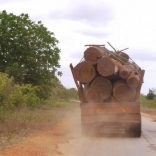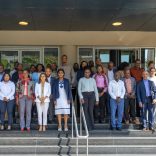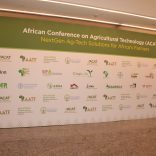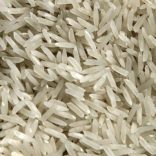Mozambique may be banned from international forest trade - AIM
Mozambique to establish Agricultural Special Economic Zone in the Limpopo Valley

Photo: Dossiers e Fac tos
The Mozambican government plans to invest over 600 million meticais (about 8.6 million US dollars, at current exchange rates) in establishing the country’s first Agricultural Special Economic Zone in the Limpopo Valley, in the southern province of Gaza.
Speaking in the provincial capital, Xai-Xai, last week on Thursday, Agriculture Minister Celso Correia said the Special Economic Zone will cover 100,000 hectares and the project will take off in the 2020/21 agricultural year.
He said the irrigation schemes in the Limpopo Valley will be restructured so as to empower Gaza farmers, and increase the areas under cultivation. The aim is to increase the farmers’ production and productivity of rice and of vegetables.
The Chokwe irrigation scheme in the Limpopo valley is the largest in the country but it has never lived up to expectations. It covers 33,000 hectares, but currently only 14,000 hectares (42 per cent) are under cultivation.
Further downstream is the Lower Limpopo irrigation scheme. This has 17,000 hectares with irrigation infrastructure but only 7,600 hectares (45 per cent) are in use.
Correia promised “a new era for the Limpopo Valley”. The government planned to attract private investment to the Valley, but in the first place the integration of peasant households into productive value chains must be respected.
22,000 farmers work on the two irrigation schemes, and some of them listened to Correia’s promises and presented their concerns.
Rice and vegetable farmers in Chidenguele, for example, complained of lack of the finance they need to boost their production. Among the main difficulties they listed are a lack of machinery to work the land, restrictions on access to water for irrigation, particularly during the Mozambican summer, and lack of any say in fixing the prices for their crops. They said that the farmers produce, but the buyers set the prices.
The lack of water they mentioned derives from the farmers’ inability to maintain the channels which distribute the water to the fields. Correia said he is aware of this problem, and it is why the greater part of the two irrigation schemes is currently not in use.












Leave a Reply
Be the First to Comment!
You must be logged in to post a comment.
You must be logged in to post a comment.